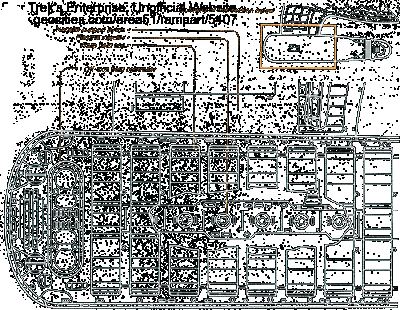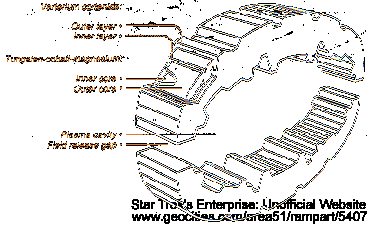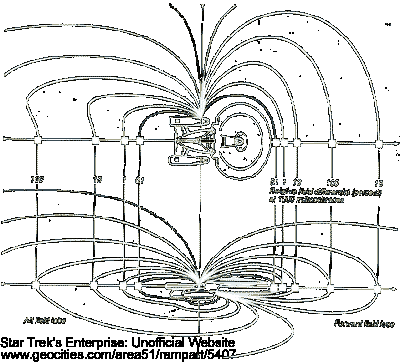
Warp Field Nacelle
PLASMA INJECTION SYSTEM
WARP FIELD COILS

Warp Field Coil Segment (Typical)">
WARP PROPULSION

Subspace Field Geometry of Galaxy Class Starship
|
Copyright © 1998 Tan Ngo-Dang Contact: tangowebmedia@sympatico.ca URL: http://www.oocities.org/area51/ |
Created on 02/23/98 Updated on 12/20/98 Page status: final |
